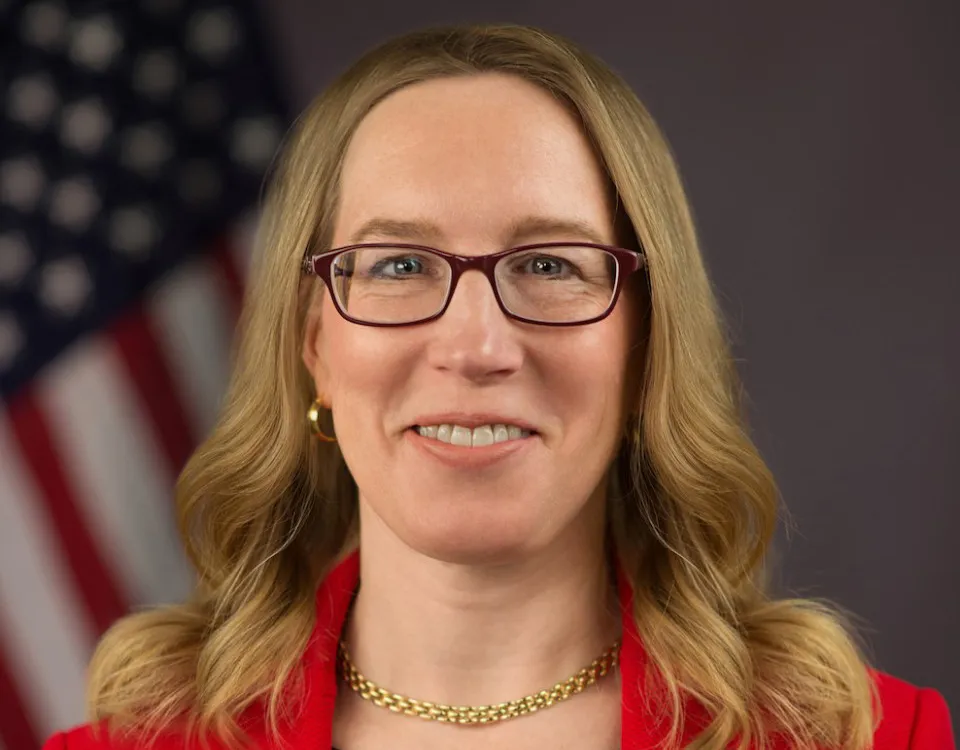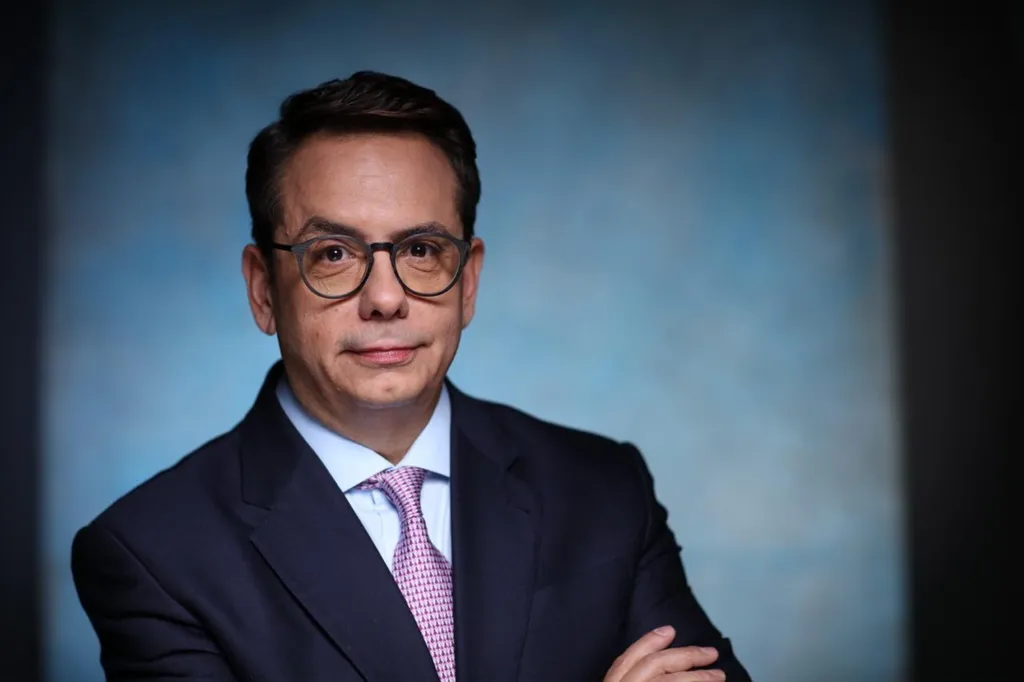Shortly after the dust had settled in Sharm El Sheikh and COP27, and some 9,000 kilometres west of the Sinai desert, Montreal was hosting COP15, the United Nations Biodiversity Conference. It was the first time the conference had been held since 2018. It aims to implement the protocols of the Convention on Biological Diversity (CBD) and the post-2020 biodiversity framework.
While biodiversity stakeholders demand increased capital flows into nature, the reality of regulatory changes on the other side of the Atlantic could deter managers from launching dark-green products in the future.
Thanks for your interest in Euromoney!
To unlock this article:




